Name Paul-Emile Leger | Successor Paul Gregoire † | |
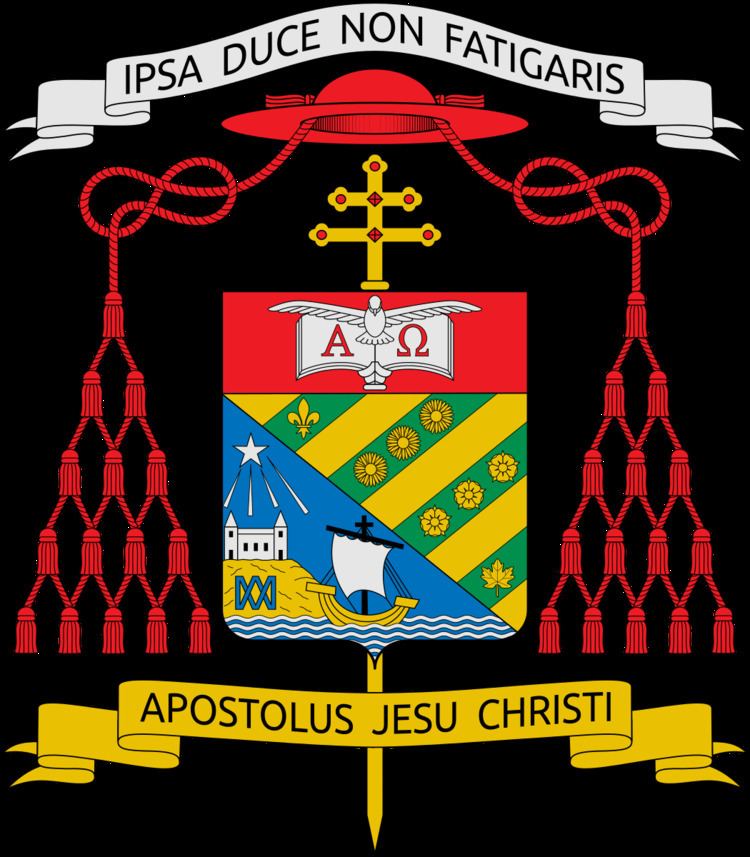 | ||
Installed March 25, 1950—April 20, 1968 Other posts Previously Rector of Pontifical Canadian College | ||
Created Cardinal January 12, 1953 | ||
Paul mile l ger devient le premier cardinal qu b cois 15 janvier 1953
Paul-Émile Léger CC GOQ GCM PSS (April 26, 1904 – November 13, 1991) was a Canadian Cardinal of the Roman Catholic Church. He served as Archbishop of Montreal from 1950 to 1968, and was elevated to the cardinalate in 1953 by Pope Pius XII.
Contents
- Paul mile l ger devient le premier cardinal qu b cois 15 janvier 1953
- 1 11 biographie du cardinal paul mile l ger
- Early life and ordination
- Professor and theologian
- Pastoral work
- Archbishop
- Cardinal
- Later career
- Retirement and death
- Role during the Council
- Religious liberty
- Birth control
- Antisemitism
- Ecumenism
- Honours
- Trivia
- References
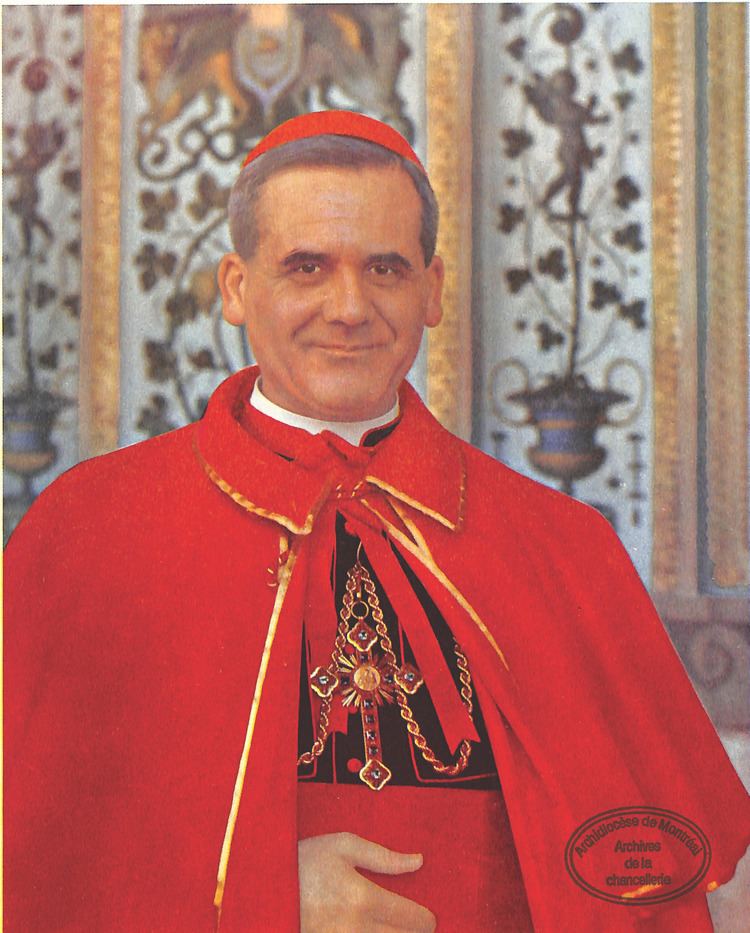
1 11 biographie du cardinal paul mile l ger
Early life and ordination
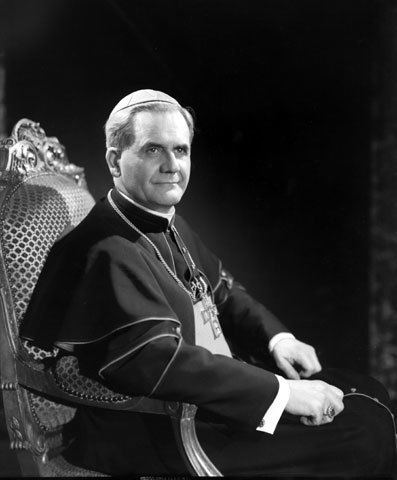
Paul-Émile Léger was born in Valleyfield, Quebec, to Ernest and Alda (née Beauvais) Léger; his younger brother, Jules Léger, was Governor General of Canada from 1974-80. From 1916-25, he attended the Seminary of Sainte-Thérèse, but was forced to interrupt his studies for a period of four years due to illness. Léger entered the Jesuit novitiate at Sault-au-Récollet, but was considered too emotional to continue in that order.
Professor and theologian
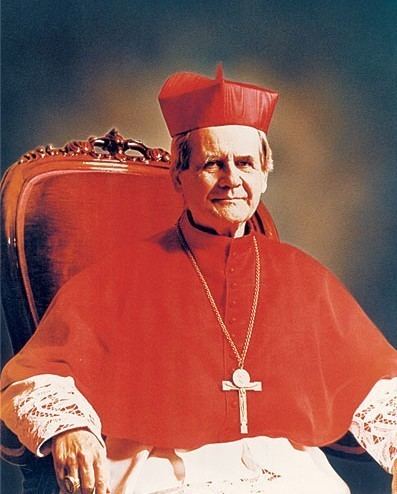
After attending the Seminary of Montreal (from where he obtained a licentiate in theology in 1929), he was ordained to the priesthood on May 25, 1929. Léger then joined the Society of Saint-Sulpice, entering its novitiate in Issy-les-Moulineaux. He went on to study at the Catholic Institute of Paris, and received his doctorate in canon law in 1931.
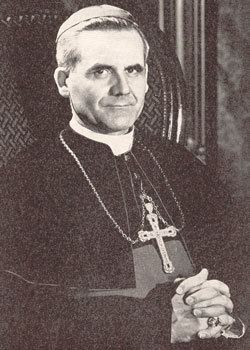
He taught theology at Saint-Sulpice Seminary in Paris for a year, and served as assistant Master of Novices from 1932 to 1933, when he was sent to Japan to create a seminary in Fukuoka for the formation of indigenous priests. .
Pastoral work
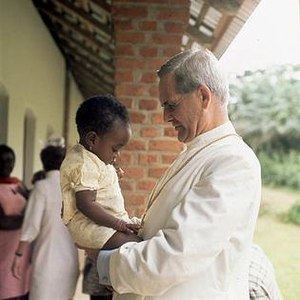
Léger did pastoral work in Omuta and taught philosophy at its seminary until 1939. Returning to Canada during World War II, he was Professor of Sociology in Montreal and Professor of Apologetics at the Pius XI Institute from 1939 to 1940
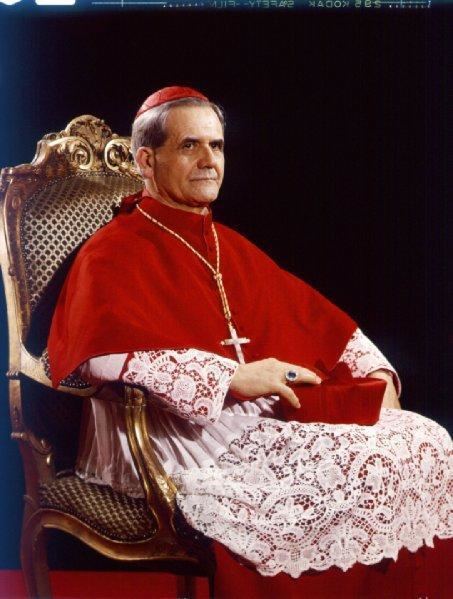
In 1940 he was named Vicar General of Valleyfield, and was raised to the rank of Monsignor on September 29, 1942. Léger had to temporarily leave the Society of Saint-Sulpice upon assuming his diocesan duites, but later entered the Society again in 1947, when he also became rector of the Pontifical Canadian College in Rome.
Archbishop
On March 25, 1950, he was named Archbishop of Montreal by Pope Pius XII. Léger received his episcopal consecration on the following April 26 from Cardinal Adeodato Giovanni Piazza, OCD, with Archbishop Maurice Roy and Bishop Jean-Julien Weber, PSS, serving as co-consecrators.
Cardinal
He was created Cardinal Priest of S. Maria degli Angeli by Pius XII in the consistory of January 12, 1953, and was one of the electors in the 1958 papal conclave, which selected Pope John XXIII. During his tenure in Montreal, he also prohibited his clergy from retaining membership in Rotary clubs.
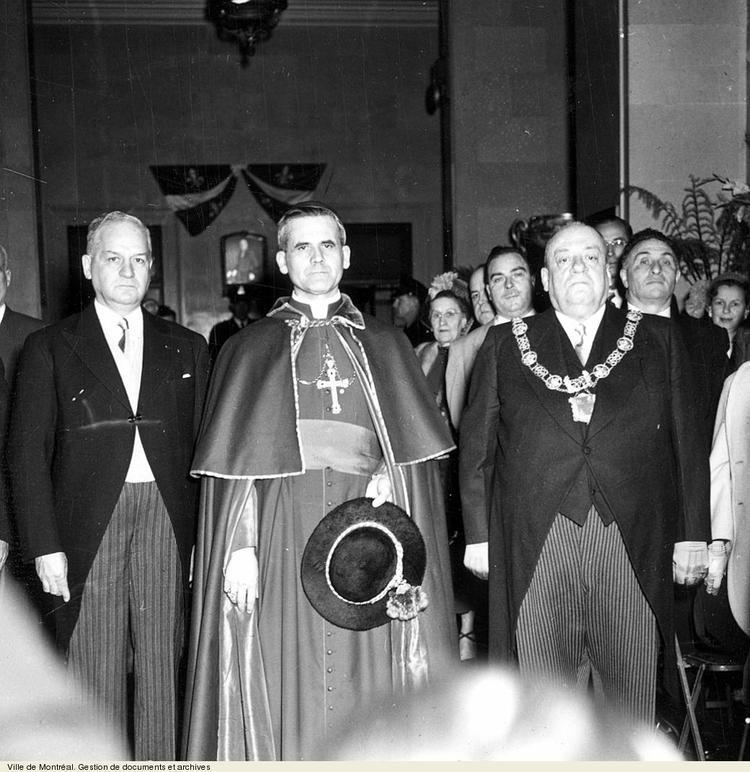
He was one of the cardinal electors who participated in the conclaves of August and October 1978, which selected Popes John Paul I and John Paul II respectively.
Later career
Léger resigned as Montreal's archbishop on April 20, 1968 to perform missionary work go in Cameroon among lepers and handicapped children. In 1968 he was made a Companion of the Order of Canada.
In 1985, he was made a Grand Officer of the National Order of Quebec. He was the 1979 recipient of the first Pearson Medal of Peace for his humanitarian work.
Retirement and death
From May 2, 1989 until his death, he was the Cardinal Protopriest, or the longest-serving member of the order of Cardinal Priests. Léger died from pneumonia at the Hôtel-Dieu de Montréal, at age 87. His funeral Mass was celebrated by Cardinal Jean-Claude Turcotte. He was the last surviving cardinal elevated by Pope Pius XII.
Role during the Council
The Cardinal was a leading liberal force at the Second Vatican Council (1962–1965). With the assistance of Cardinals Antonio Caggiano and Norman Gilroy, he delivered one of the closing messages of the Council on December 8, 1965.
Religious liberty
He supported religious liberty at the Council.
Birth control
He was one of the Council Fathers who, in a speech delivered on 29 October 1964 concerning the document later promulgated as the Constitution on the Church in the Modern World, Gaudium et Spes, raised the question of a possible change in the Church's teaching on birth control. In the same speech, he urged that the document place more emphasis on conjugal love as an end or purpose of marriage.
Antisemitism
He believed that the Council Fathers needed to issue a stronger declaration against antisemitism as a "necessary act of a renewed Church".
Ecumenism
A cardinal elector in the 1963 papal conclave, Léger spoke at a session of the Faith and Order Commission in September 1963.
